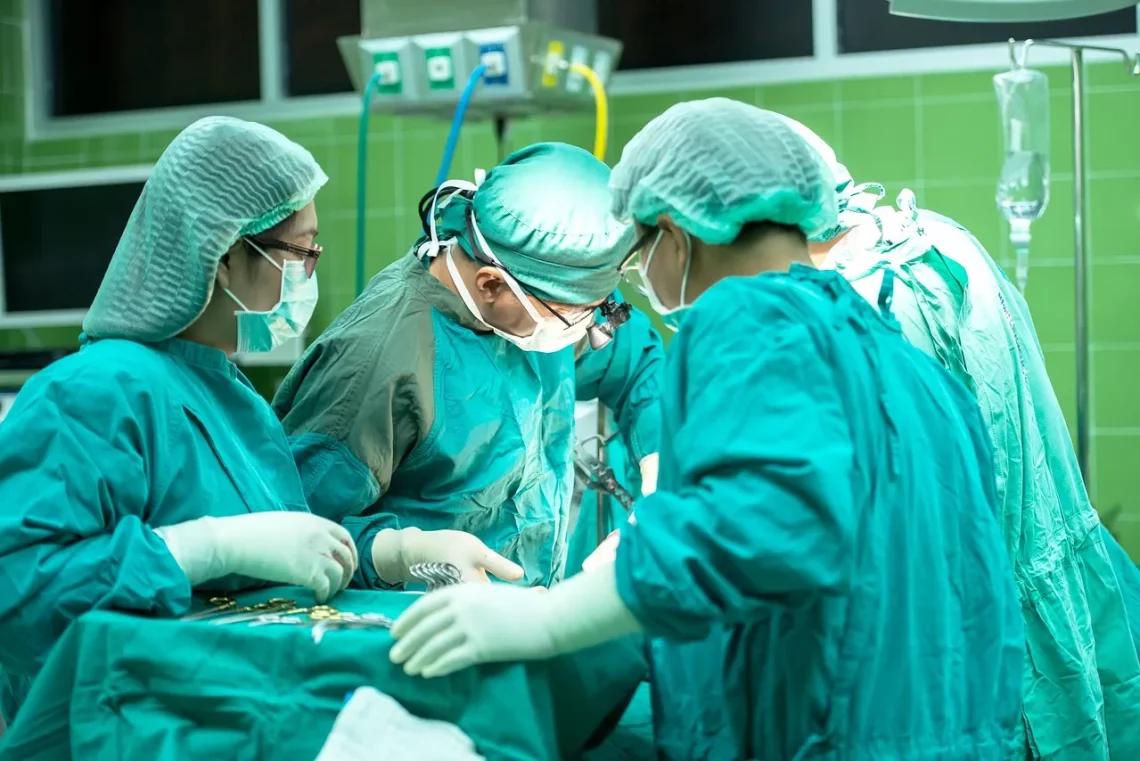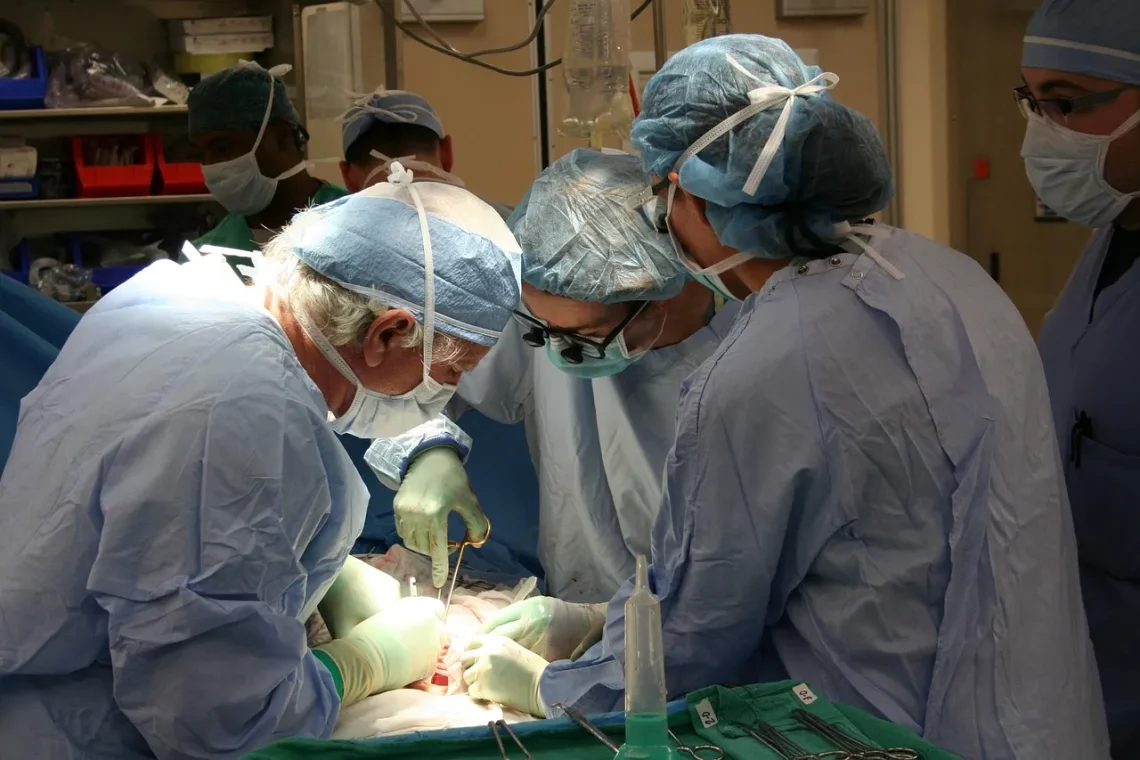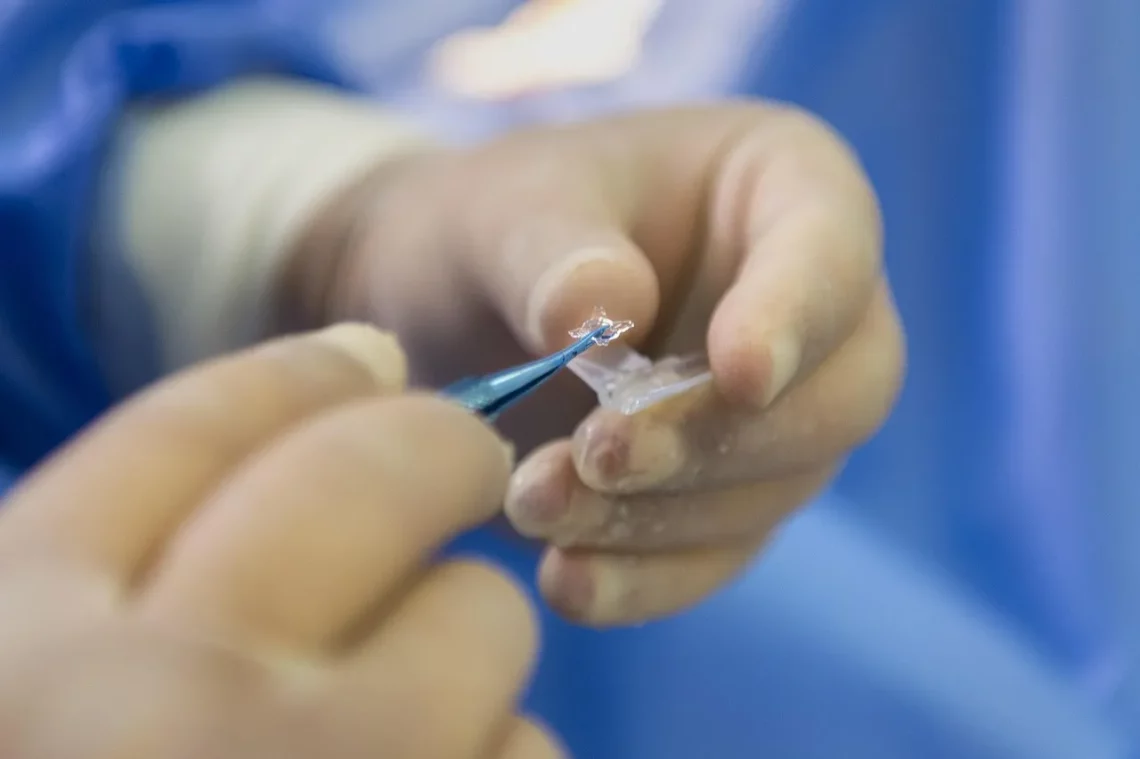-
How Long Does Dysphoria Last in Dogs After Surgery?
The experience of undergoing surgery can be stressful for dogs, just as it is for humans. After a surgical procedure, pets may exhibit various behavioral changes as they navigate the recovery process. One of the more common issues that dog owners may observe is a state of dysphoria, which refers to a feeling of discomfort or unease. This can manifest in different ways, including increased anxiety, restlessness, and changes in appetite. Understanding the duration and nature of dysphoria after surgery is essential for pet owners, as it can significantly affect both the dog’s recovery and the owner’s peace of mind. Various factors influence how long dysphoria lasts in dogs following…
-
Understanding Laparoscopic Spay: Benefits and Procedure Explained
Laparoscopic spay, a minimally invasive surgical technique, has gained significant attention as a preferred method for spaying female pets. This procedure is not only less invasive than traditional spaying methods but also offers numerous advantages for both the animal and the pet owner. As more pet owners seek ways to ensure their furry companions receive the best possible care, understanding the intricacies of laparoscopic spay becomes increasingly important. The essence of laparoscopic surgery lies in its use of small incisions and specialized instruments, which reduce the trauma associated with more invasive surgeries. This technique allows for quicker recovery times, less postoperative pain, and a reduced risk of complications. Pet owners…
-
Plantar Fasciitis Surgery Pictures: A Visual Guide to the Procedure
Plantar fasciitis is a common condition that affects many individuals, particularly those who are physically active or spend long hours on their feet. It occurs when the plantar fascia, a thick band of tissue that runs across the bottom of the foot, becomes inflamed or irritated. This inflammation can lead to significant heel pain, making it difficult to walk or engage in daily activities. Over time, if conservative treatments such as rest, physical therapy, and orthotics do not provide relief, surgical intervention may be considered. Understanding the surgical options available for plantar fasciitis is crucial for those suffering from this condition. Surgery is often seen as a last resort, but…
-
Infected Tooth Extraction Images: What to Expect and Healing Tips
Tooth extraction is a common dental procedure that many individuals might face at some point in their lives. Whether due to decay, overcrowding, or infection, the decision to extract a tooth can be daunting. Particularly, when dealing with an infected tooth, the urgency for extraction often increases due to pain, swelling, and potential complications, such as the spread of infection. Understanding what to expect during the extraction process and the healing phase is crucial for anyone undergoing this procedure. Images of infected tooth extractions can be alarming, as they often depict the severity of dental issues. These visuals serve as a reminder of the importance of oral hygiene and timely…
-
Understanding ACL Surgery for Dogs: Recovery and Care Tips
Injuries to the anterior cruciate ligament (ACL) are common in dogs, especially in active breeds. This crucial ligament connects the thigh bone to the shin bone, allowing for proper movement and stability in the knee joint. When a dog sustains an ACL injury, it can lead to pain, lameness, and a decreased quality of life. Understanding the nature of ACL injuries and the surgical options available is essential for pet owners. Surgery is often recommended for dogs with significant ACL tears, as it can restore mobility and alleviate pain. However, the path to recovery is not solely dependent on the surgery itself; it also involves a comprehensive rehabilitation plan. The…
-
Understanding Dental Injection Pain One Week Later: Causes and Solutions
Dental injections are a common part of many dental procedures, often serving as a necessary means to ensure patient comfort during treatments. While most individuals may experience some level of discomfort during and immediately after the injection, the pain can persist even after a week. Understanding the underlying causes of this prolonged discomfort is essential for patients and dental professionals alike. Various factors contribute to the degree of pain experienced, from the technique used during the injection to individual anatomical differences and pre-existing conditions. Moreover, the psychological aspect of dental procedures cannot be overlooked. Anxiety and fear associated with dental visits can heighten the perception of pain, creating a complex…
-
Understanding Leg Extension Replacement: Benefits and Considerations
Leg extension replacement is a procedure that has garnered attention in the realm of orthopedic medicine and rehabilitation. People across various age groups and activity levels may encounter issues related to leg mobility and stability, which can significantly impact their quality of life. As individuals age or engage in high-impact activities, the risk of injury or degeneration in the joints and muscles increases, leading to chronic pain or difficulty in performing daily tasks. The leg extension mechanism plays a crucial role in maintaining proper movement patterns and overall leg function. When this mechanism becomes compromised due to injury or wear, it may necessitate a replacement to restore mobility and alleviate…
-
How Long Does a Dog Spay Surgery Take and What to Expect
Spaying a dog is a crucial aspect of responsible pet ownership, contributing to the health and wellbeing of your furry friend while also helping to manage the pet population. Many dog owners may feel anxious about the surgical procedure, wondering about its duration and what to expect before, during, and after the surgery. Understanding the process can alleviate some of the stress associated with this important decision. Dog spay surgery, known medically as ovariohysterectomy, involves the removal of the ovaries and usually the uterus. This procedure is typically performed on female dogs to prevent unwanted litters and reduce the risk of certain health issues, such as ovarian cancer and pyometra.…
-
Understanding Feline PU Surgery: What Pet Owners Need to Know
Understanding feline urinary issues is a crucial aspect of responsible pet ownership. Cats, though often perceived as independent and resilient, can suffer from various health problems, including urinary tract diseases. One such condition that may require surgical intervention is the blockage of the urethra, which can lead to severe complications if not addressed promptly. The feline urinary system is delicate, and any disruption can cause significant pain and discomfort for your pet. Urinary blockages can occur due to several reasons, including the formation of crystals, stones, or even tumors. When a blockage occurs, it often results in the inability to urinate, which can be life-threatening. Pet owners must be vigilant…



































